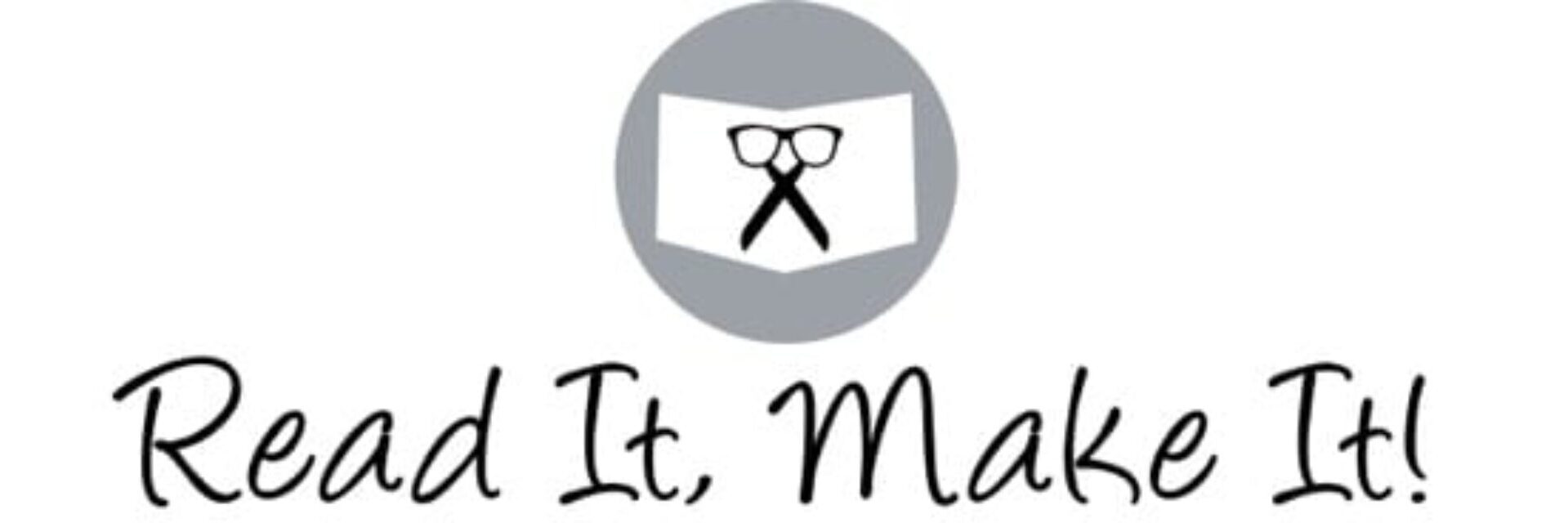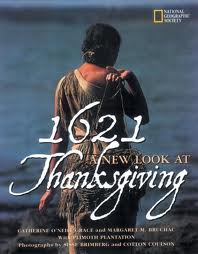Giving Thanks.
This time of year, people start talking turkey.
Unfortunately, most of the children’s books that purport to teach the story of Thanksgiving – especially that ‘first’ Thanksgiving – are historically inaccurate. What really happened on that day in 1621 is largely lost to time, with the exception of a short passage from a letter sent home by one Edward Winslow – you can read that here. What we do know is that most of what we consider traditional to that meal actually arose in the mid-19th century, when a war-weary Abraham Lincoln issued a call for a day of Thanksgiving, and people’s imaginations went to work. You can read a brief history of official American Thanksgiving celebrations at the National Archives’ site, where they have conveniently collected several official documents in one place.
Moral of this story? No tall black hats with buckles, no feathered headdresses. No pumpkin pie or jellied cranberry sauce, but there was probably quite a bit of seafood. Everyone there was probably anxious and unsure about the people there who didn’t look like them. While some of the Plymouth settlers might have thought the worst was behind them, they equally knew that another cold, hard, and probably hungry winter loomed. And hopefully I don’t have to tell you about the impact of the Plymouth settlement on the Wampanoag people living in the area.
I guess you could say that the amateur historian in me gets a little cranky when we look at books full of happy people sitting down to a meal that would make Martha Stewart proud – especially when we try to tell another generation of children that these books describe exactly how The First Thanksgiving occurred. Instead, I’d like to suggest that this holiday provides us with the perfect opportunity to show that while historians try to explain what happened in the past, there are many things that we just don’t know. Plimoth Plantation has a great online activity that encourages children to explore existing primary source documents and archaeological information to understand more. I used this annually in the classroom, and I love it.

With all of that in mind, here are my picks for Thanksgiving books worth using with children. I’m not going to spend time deconstructing the ones that aren’t worth using – Debbie Reese is doing an awesome job of that on her blog.
This is my top choice, though I’ll be the first to admit you can’t snuggle up with your kids and read it on the couch. 1621: A New Look at Thanksgiving, by Catherine O’Neill Grace, uses a reconstruction of events to show what might have happened at that harvest festival almost 400 years ago. The photographs are stunning, and Plimoth Plantation’s attention to detail makes this far more accurate than most representations. With younger kids, I’d just talk through the pictures, but there is quite a bit of text for older readers. Also, the modern Wampanoag people were both consulted about and involved in the production of this book, so it’s probably fair to say that it at least addresses their point of view.

Above, you see Kate Waters’ trifecta of classics: Tapenum’s Day: A Wampanoag Indian Boy In Pilgrim Times; Sarah Morton’s Day: A Day in the Life of a Pilgrim Girl
; and Samuel Eaton’s Day: A Day in the Life of a Pilgrim Boy
. Each of these addresses the daily life of a different child living in or near the Plymouth/Plimoth colony. There is a great focus in each on ordinary history: what they ate, what they wore, how they spent their time, what they had to do to help their families. The 1621 harvest festival is not directly addressed, nor is there any commentary on the difficulty of the relationship between the Wampanoag and the colonists. Instead, Waters describes the details of ordinary living so richly that children can make meaningful connections. Russ Kendall’s photography aids this, as children can see what life was like without needing too much explanation from adults. These also allow adults to discuss the difficulties in the relationship between the Plymouth settlers and the Wampanoag as appropriate to the age, prior knowledge, and life experience of the children in their care.
For me, using these books is probably more valuable than sweating the details of what food was served on which day in 1621. These books show the lives of real people, in real places, doing things differently than we do them today, but still accomplishing many of the same tasks. Rather than lumping “Pilgrims” and “Indians” into stereotyped groups, help your children think about the role of individual relationships within and among families and groups, and how these relationships might have been celebrated.
On that note, I’d like to share two books I prefer to use with my own children to talk about the idea of thankfulness.
Giving Thanks: A Native American Good Morning Message, by Chief Jake Swamp (Mohawk), is useful at any time of year. Coming from an actual traditional thanksgiving message, the language shows gratitude for the gifts of nature. It’s an easy piece to use for inspiration in your own family (or classroom’s life) if thankfulness is not easily forthcoming. Erwin Printup’s illustrations mirror the text exactly, and help children understand the possibility of being grateful for the world around them. This is a great book to use to reset your own priorities, as well.
Thanks for Thanksgiving, by Julie Markes with illustrations by Doris Barrette. The rhyming text describes many ordinary things for which the family in the book is thankful. My girls adore this story, and would read it every day of the year. It’s another one we can recite from memory, having used it to lull a non-napper into dreamland for days on end. While there is something resembling a Thanksgiving dinner toward the end, there is no historical discussion of Thanksgiving, so accuracy isn’t an issue. Instead, this book lets you focus on feelings of gratitude and abundance, which are both traditional and appropriate for a harvest festival. 🙂
Let me hear about your own favorites, especially if you’ve got something historically accurate that I might not know! Thanks for reading.
{All book links in this post are affiliate links. Thanks for keeping us reading and making.}

